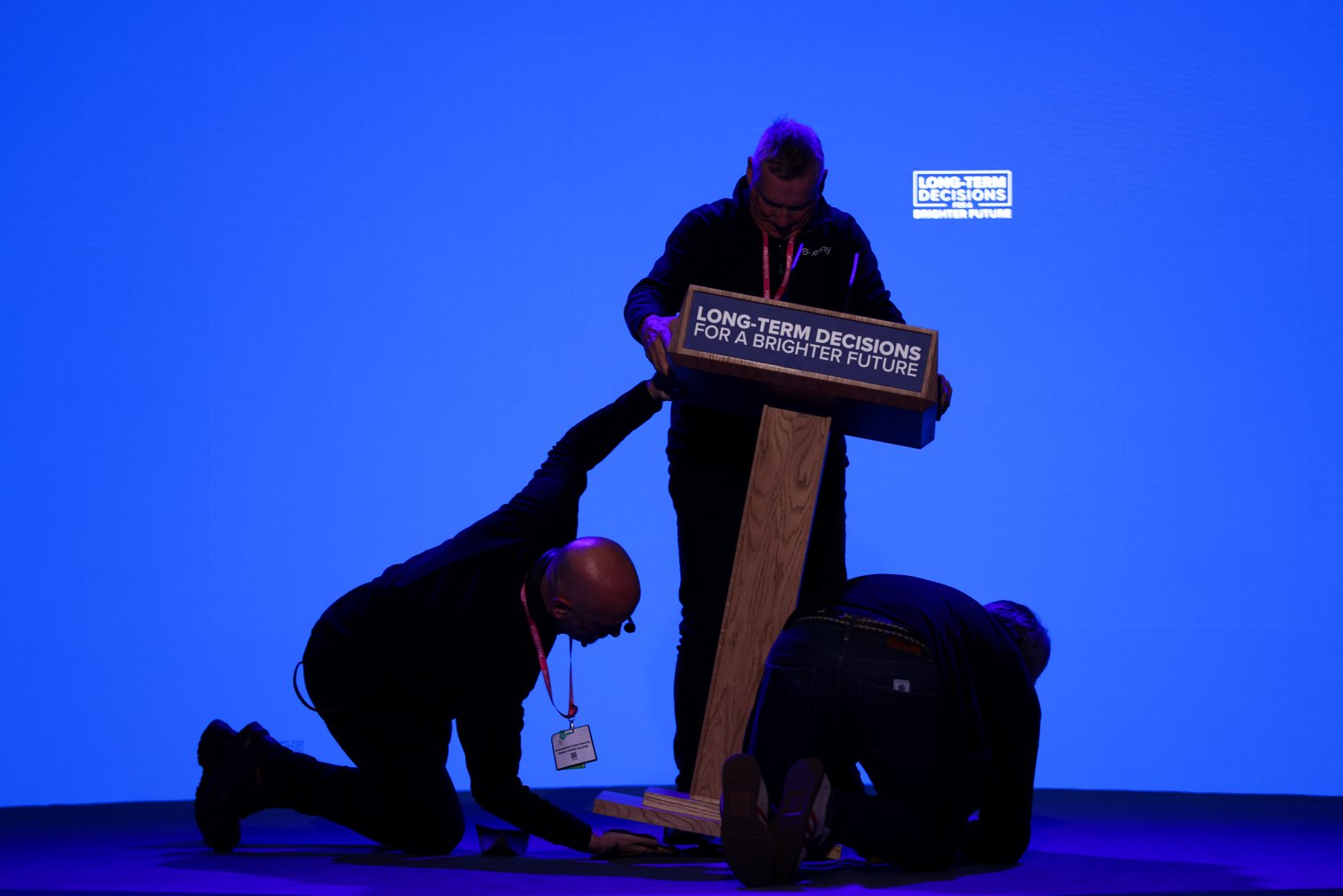Reading The Ideological Brain by Leor Zmigrod for the Telegraph, 9 March 2025
At the end of his 1940 film The Great Dictator, Charlie Chaplin, dressed in Adolf Hitler’s motley, looked directly at the camera and declared war on the “machine men with machine minds” who were, even then, marching roughshod across his world. Nor have they vanished. In fact, if you believe Leor Zmigrod, you may, without knowing it, be an inflexible, dogmatic robot yourself.
Zmigrod, a young Cambridge neuroscientist, studies “cognitive rigidity”. What does that look like in the real world? Jimmy McGill, hero of the TV series Better Call Saul, can give us a quick handle on one of its manifestations: “The fallacy of sunk costs. It’s what gamblers do. They throw good money after bad thinking they can turn their luck around. It’s like, ‘I’ve already spent this much money, or time, whatever. I got to keep going!’” And as Jimmy adds: “There’s no reward at the end of this game.”
Zmigrod’s ambition has been to revive the project of 18th-century French nobleman Antoine Destutt de Tracy, whose science of “ideologie” sought a rigorous method for discovering when ideas are faulty and unreliable. (This was my first warning signal. If a man in a white coat told me that my ideas were “objectively unreliable”, I would snatch up the biggest stick I could find. But let’s run with the idea.)
A happier lodestar for Zmigrod’s effort is Else Frenkel-Brunswik, an Austrian refugee in America who spent the 1950s testing children to see whether or not she could predict and treat “machine minds”. Frenkel-Brunswik found it easy to distinguish between the prejudiced and unprejudiced, the xenophobic and the liberal child. She found that an upbringing steeped in obedience and conformity not only fostered authoritarianism; it made children cognitively less flexible, so that they had a hard time dealing with ordinary, everyday ambiguities. Even sorting colours left them vexed and unhappy.
Zmigrod argues that the dogmatic mind’s information processing style isn’t restricted to dealing with ideological information. It’s “a more generalised cognitive impairment that manifests when the dogmatic individual evaluates any information, even at the speed of under a second.” Cognitive rigidity thus goes hand-in-hand with ideological rigidity. “This may seem obvious to some,” Zmigrod writes. “A rigid person is a rigid person. But in fact, these patterns are not obvious.”
But they are, and that’s the problem. Nearly 200 pages into The Ideological Mind, they’re even more obvious than they were when Zmigrod first said they weren’t. She reveals, with no little flourish, that in one of her studies, “obedient actions evoked neural activity patterns that were markedly different from [those produced by] free choices.” Well, of course. If the mind can differentiate between free action and obedience, and a mind is a property of a brain at work, then a good enough scanner is bound to be able to spot “differences in neural activity” at such times. Again and again, Zmigrod repackages news about improved brain-scanning techniques as revelations about the mind. It’s the oldest trick in the neuroscientific writer’s book.
Zmigrod began work on The Ideological Brain as Donald Trump became US president for the first time and Britain voted to leave the EU. Her prose is accomplished, and she takes us on an entertaining ramble past everything from demagoguery to dopamine uptake, but the fresh alarm of those days bleeds too consistently through her views. She’s unremittingly hostile towards belief systems of all kinds; when she writes of a 2016 study she conducted that it showed “the extreme Right and the extreme Left were cognitively similar to each other”, I wondered whether proving this truism in the lab really contributed to an understanding of the actual merits, or otherwise, of such ideologies. Zmigrod seems, sometimes, to mistrust belief per se. In her last chapter, we get her idea of the good life: “No pressure, no predestination, no ancestors on your shoulders or rituals to obey, no expectations weighing you down or obstructing your movement.” I had to read this several times before I could believe it. So her alternative to dogmatism is, what, Forrest Gump?
Zmigrod’s arguments assume that people are a unity. They’re not. The most thoughtful and open-minded people in argument I ever met were members of MAGA militias. She assumes the workings of mind can be read off a scanner. I’m not at all against hard materialism as an idea, but imagine explaining the workings of a computer chip by describing the icons on a computer screen: that’s how Zmigord describes thought.
Besides, the evident fact that brains age, and minds with them, is never a factor in Zmigord’s argument. Variations in cognitive flexibility can be easily explained by the aging process, without any recourse to machines that go “bleep”. Is it so unreasonable to expect a young mind to be more liberal and open to exploration, and an old mind to be more conservative, more dedicated to wringing value from what it already knows? Few of us want to be old before our time; few want to be a 90-year-old adolescent.
“Repeating rules and rituals, rules and rituals, has stultifying effects on our minds,” Zmigrod insists. “With every reiteration and rote performance, the neural pathways underpinning our habits strengthen, whereas alternative mental associations – more original yet less frequently rehearsed – tend to decay.” I see this as a picture of learning; Zmigrod sees a slippery slope ending in extremism. You can look at the world that way if you want, but I can’t see that it’ll get you far.










